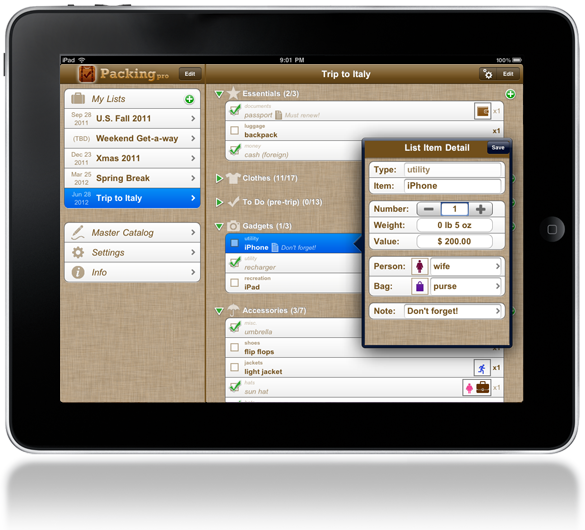
Participants: 160 patients undergoing septoplasty for nasal respiratory impairment. Outcomes: Headaches during nasal packing, pain and bleeding upon removal of the packing, bleeding after discharge. Interventions: Nasopore versus Merocel nasal packing. Participants: 70 patients, ages 5 to 14, who underwent bilateral conchotomies. Outcomes: Pain, pressure, nasal obstruction, dysphagia, bleeding on packing removal and general satisfaction. Interventions: Nasopore or Merocel was packed in both nasal cavities after septoplasty. Patients were ineligible if they had a history of previous septoplasty, aspirin intolerance, asthma, allergy, or systemic diseases. Participants: 64 patients, either gender, ages 19 to 64, detected by paranasal sinus computed tomography and undergoing only septoplasty without any paranasal sinus problems. Outcomes: In situ pain, bleeding on packing removal, nasal synechia.

Interventions: Nasopore or Merocel was packed in both nasal cavities after FESS. Participants: 92 patients with Chronic Rhinosinusitis (CRS) or nasal polyps, either gender, ages 17 to 67, who underwent FESS. To address this issue, we performed a meta-analysis that included all available data from randomized controlled trials (RCTs) that compared Merocel with Nasopore as a packing material at the end of nasal surgery with regard to the subjective severity of the symptoms. Two trials have reported that Nasopore packing caused significantly less pain and bleeding during removal than did Merocel packing, another study showed little difference in nasal symptoms between the two packing materials 5 days after surgery, and still another reported that Nasopore was a significant factor in the formation of excessive granulation tissue 3–4 weeks after FESS. It starts to dissolve within days and can be suctioned from the nasal cavity after several days.Īlthough many studies have been carried out comparing Merocel and Nasopore as nasal packing materials with respect to subjective symptoms and clinical efficacy, there is still no consensus as to which one is better. It consists of fully synthetic biodegradable, fragmenting foam that absorbs water while supporting the surrounding tissue and providing pressure against bleeding vessels in the nasal cavity. Nasopore (Polyganics, Groningen, The Netherlands), one of the most commonly used dissolvable materials, is a bioresorbable material produced using a freeze-drying process. Because it is a nonabsorbable solid, disadvantages may include pain and bleeding upon removal, nasal obstruction, and mucosal edema. Merocel (Medtronic Inc., Minneapolis, MN, USA), one of the most common nonabsorbable nasal packing materials, is a compressed, dehydrated sponge composed of hydroxylated polyvinyl acetate that can increase in size within the nasal cavity and compress a bleeding vessel through rehydration with normal saline. Both materials can be used to control bleeding following nasal surgery and each has its own characteristics.

The type of packing chosen by a surgeon is usually determined by habit, inherited practice, or departmental provision, and the superiority of nonabsorbable versus dissolvable nasal packing has been widely debated. Attempts have been made to produce materials that will address these problems, including removable and absorbable packing, and the variety of nasal packing materials has greatly increased in recent years. Furthermore, patients often consider packing removal to be the most unpleasant experience of their operations.

However, nasal packing has some inherent disadvantages, such as causing pain and bleeding and contributing to nasal mucosal damage, septal perforation, allergic reaction, sleep respiratory disturbance and decreased arterial oxygen saturation during sleep. It is also used to prevent middle turbinate lateralization, synechiae formation, and restenosis after FESS and has been reported to stabilize the remaining cartilaginous septum internally, prevent complications such as septal hematoma and formation of synechiae, and to minimize the persistence or recurrence of septal deviation after septoplasty. Nasal packing is commonly used to control bleeding following operative procedures to the nose, including functional endoscopic sinus surgery (FESS), septoplasty, and conchotomy.


 0 kommentar(er)
0 kommentar(er)
